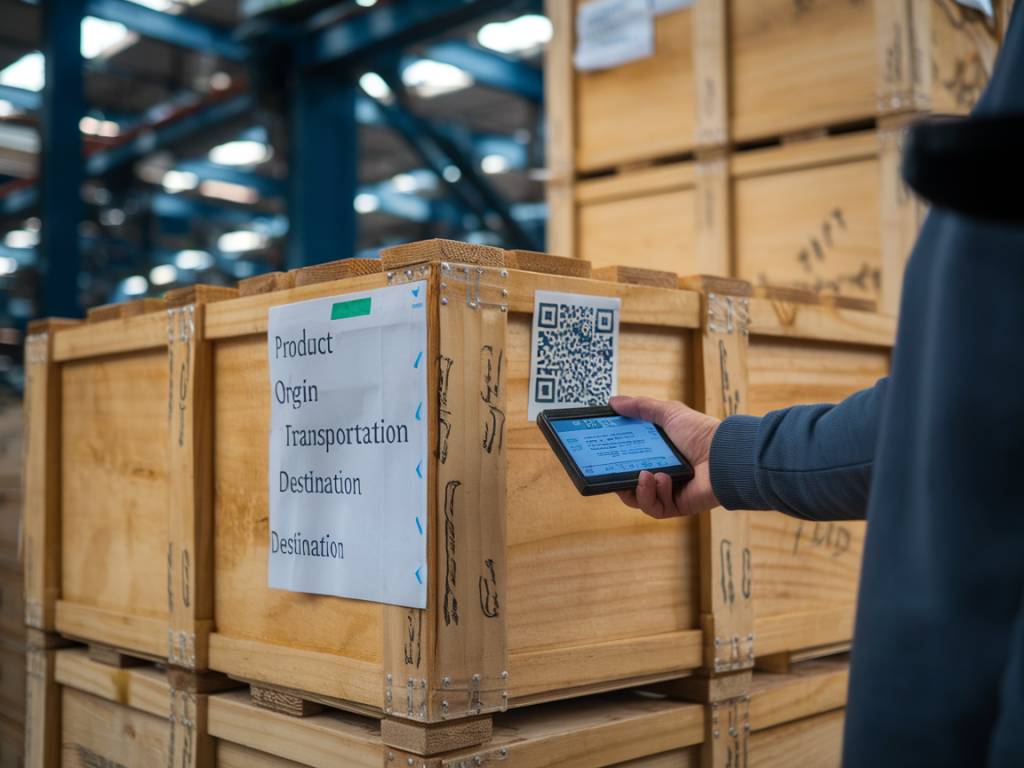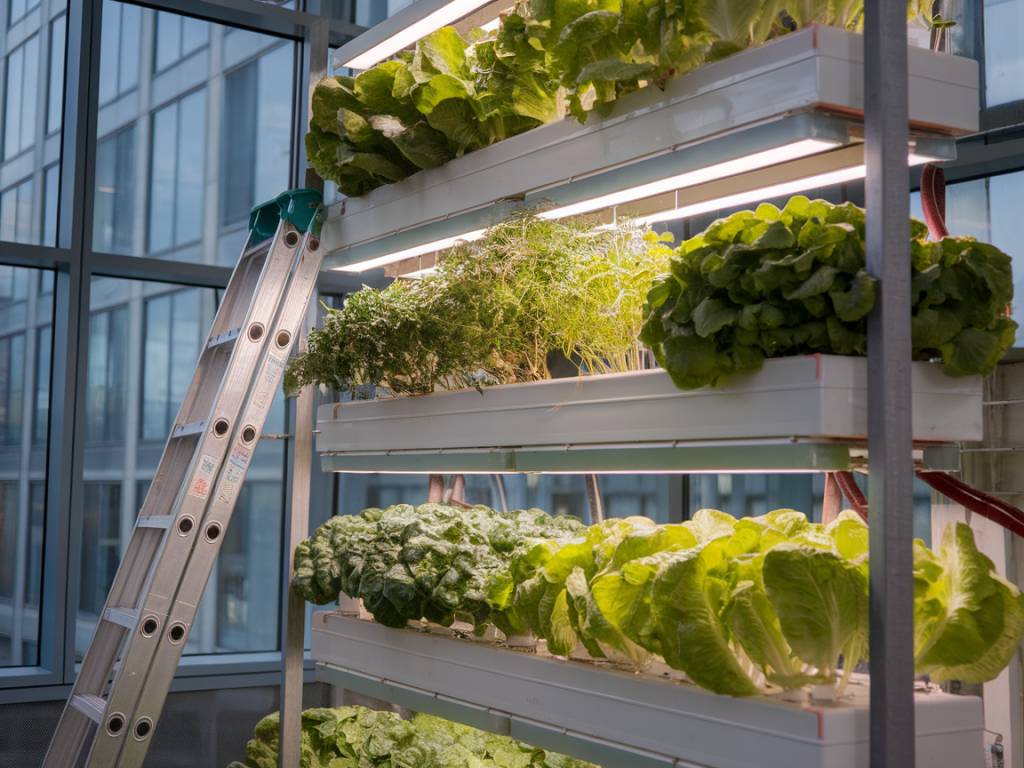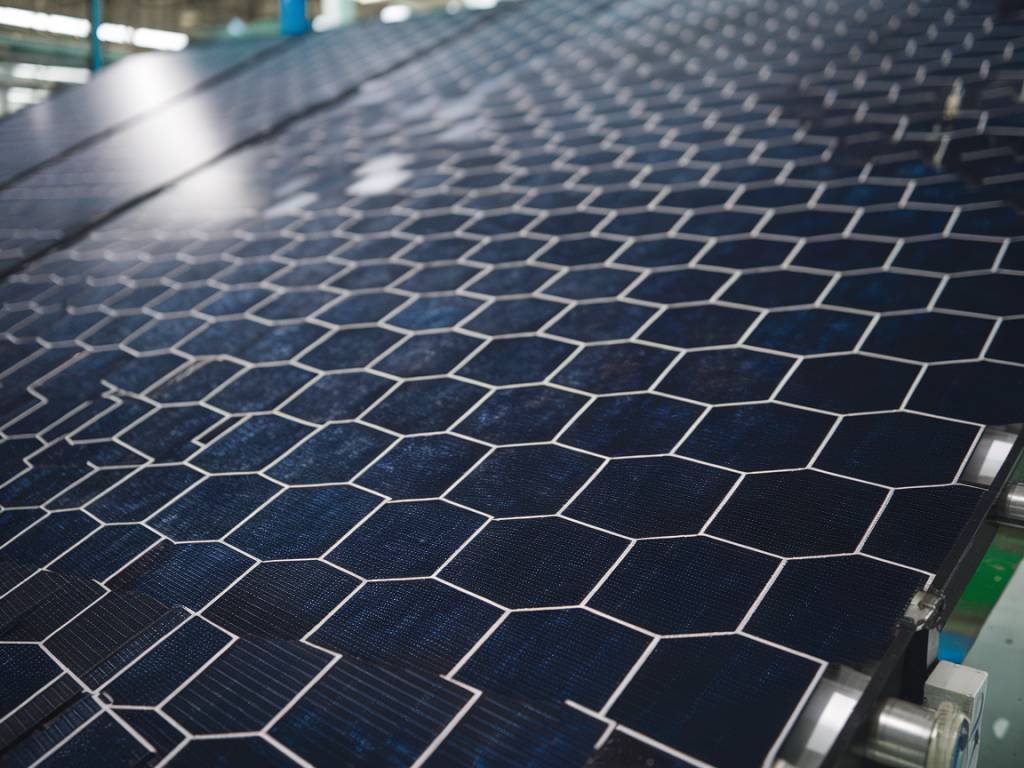Blockchain: Beyond Crypto — A Revolution in Eco-Friendly Supply Chains
When most people hear “blockchain,” they think of Bitcoin, NFTs, or the latest cryptocurrency craze. But behind the buzzwords is a powerful technology with the potential to transform industries far beyond finance. One of the most promising — and under-discussed — applications of blockchain is its impact on supply chain transparency and sustainability. Could this digital ledger be one of our strongest tools in the fight against climate change? Let’s unpack that.
The Supply Chain Problem
Modern supply chains are complex, sprawling networks that often span several countries and continents. From raw material extraction to the final product on store shelves, goods may pass through dozens of hands. Unfortunately, this makes it incredibly difficult to verify where your products come from, how they were made, and under what environmental or labor conditions.
Consumers and businesses alike are becoming increasingly eco-conscious, demanding accountability. Yet, inefficiencies, opaque pathways, and even outright fraud continue to plague supply chains — from mislabeled “organic” produce to fashion items linked to exploitative labor and high emissions. Enter blockchain.
What Is Blockchain, Really?
Think of blockchain as an unchangeable digital ledger distributed across a network. Every time a new transaction or event occurs — such as a shipment leaving a factory or a product changing hands — it gets added to the chain as a block of verified, time-stamped data.
This technology offers two primary benefits:
- Transparency: All stakeholders can view the chain of events associated with a product.
- Immutability: No one can alter the data without consensus, reducing fraud and increasing trust.
In short, blockchain allows anyone — from manufacturers to consumers — to verify the journey of a product with confidence.
Real-World Applications: From Tuna to T-Shirts
The use of blockchain in supply chains isn’t theoretical. It’s already happening — and making a difference.
Seafood Traceability
Take Provenance, a UK-based tech company that partnered with Indonesian fishermen to track tuna using blockchain. Fishermen use their mobile phones to record catches on the spot, tagging each fish with verifiable data like time, location, and method of capture. This information gets uploaded to the blockchain, letting retailers — and ultimately, consumers — validate the fish’s origin and ethical sourcing.
Fashion Transparency
In the fashion world, blockchain is helping expose the hidden costs — human and environmental — behind fast fashion. The Italian brand LVMH launched the Aura Blockchain Consortium to give each luxury product a unique digital identity, tracking it from raw material sourcing to sales. Meanwhile, sustainable labels like Truth Jeans use blockchain to let buyers scan a QR code and see the entire denim-making process, including the amount of water and energy used.
Conflict Mineral Audits
In tech manufacturing, companies like IBM are collaborating with miners, smelters, and retailers to use blockchain to trace cobalt — a key component in batteries — avoiding conflict zones and ensuring environmentally responsible mining practices. Already the blockchain has detected instances where records didn’t align, prompting real change in sourcing strategies.
How Blockchain Supports Sustainability
At first glance, blockchain might seem like a digital tool with little real-world environmental impact. But take a closer look.
- Eliminating Greenwashing: By making claims verifiable, blockchain helps dismantle false sustainability marketing.
- Reducing Waste: Transparent tracking helps identify inefficiencies along the supply chain — whether spoiled food, overproduction, or transportation waste — leading to better resource management.
- Empowering Ethical Producers: Small-scale farmers and artisans can vouch for their practices and get fairer compensation.
It’s a shift from “trust me” to “see for yourself.” That’s powerful.
But Wait—What About Blockchain Energy Use?
A fair concern. You’ve likely heard that blockchain — especially cryptocurrencies — is bad for the planet. Some blockchains (like Bitcoin) use a method called “proof of work,” which is notoriously energy-intensive. But not all blockchains are created equal.
Eco-responsible supply chain initiatives typically use more efficient alternatives like “proof of stake” or “permissioned blockchains,” significantly reducing energy use. For example, VeChain, a blockchain platform focused on supply chain solutions, consumes a fraction of the energy of traditional cryptocurrencies and is already being deployed across industries from agriculture to automotive.
So yes, blockchain can be used sustainably — when chosen carefully and implemented thoughtfully.
Looking Ahead: Who’s Driving the Change?
The demand is coming from all angles:
- Consumers are voting with their wallets, demanding traceability and ethics.
- Investors are integrating ESG (Environmental, Social, Governance) metrics — and blockchain data boosts credibility.
- Governments are crafting legislation, like the EU’s Carbon Border Adjustment Mechanism, to require transparent environmental accounting — a natural fit for blockchain.
Even the United Nations has recognized blockchain’s role in achieving the Sustainable Development Goals (SDGs), particularly around responsible consumption and climate action.
Should Every Supply Chain Go Blockchain?
Not necessarily. While blockchain offers increased transparency, it’s not a silver bullet. Not every supply chain needs it, and implementing it can be costly and technically complex.
However, for industries where traceability is lacking or the environmental stakes are high—textiles, mining, food, electronics—it offers unmatched value. And as the technology matures and becomes more accessible, barriers to adoption will continue to shrink.
Tips for Eco-Conscious Consumers
You don’t need to be a developer to benefit from blockchain-enhanced transparency. Here are ways you can engage now:
- Scan QR codes on product packaging — many brands now offer “digital passports” backed by blockchain.
- Support businesses that openly share supply chain data and certifications.
- Ask questions — even if a brand doesn’t (yet) use blockchain, showing you care sends a strong signal.
The beauty of blockchain in supply chains is that it democratizes truth. Whether you’re a consumer, a brand, or an advocate, you gain a new level of insight — and power to choose better.
A Green Tech Worth Watching
Blockchain isn’t just reshaping finance — it’s redefining how we build trust in the products we use every day. From turning tuna into traceable goods to holding corporations accountable for their carbon footprints, it’s offering a much-needed dose of clarity in a world full of greenwashing and misinformation.
At its core, sustainability is about transparency, accountability, and intentionality — all things blockchain is well positioned to deliver. If used wisely, this technology could become a cornerstone in building the regenerative, responsible economies the planet so urgently needs.
The question isn’t just whether blockchain can help create sustainable supply chains. It’s whether we’ll use it to its full potential. After all, what good is a revolution if we leave it sitting in a digital wallet?



